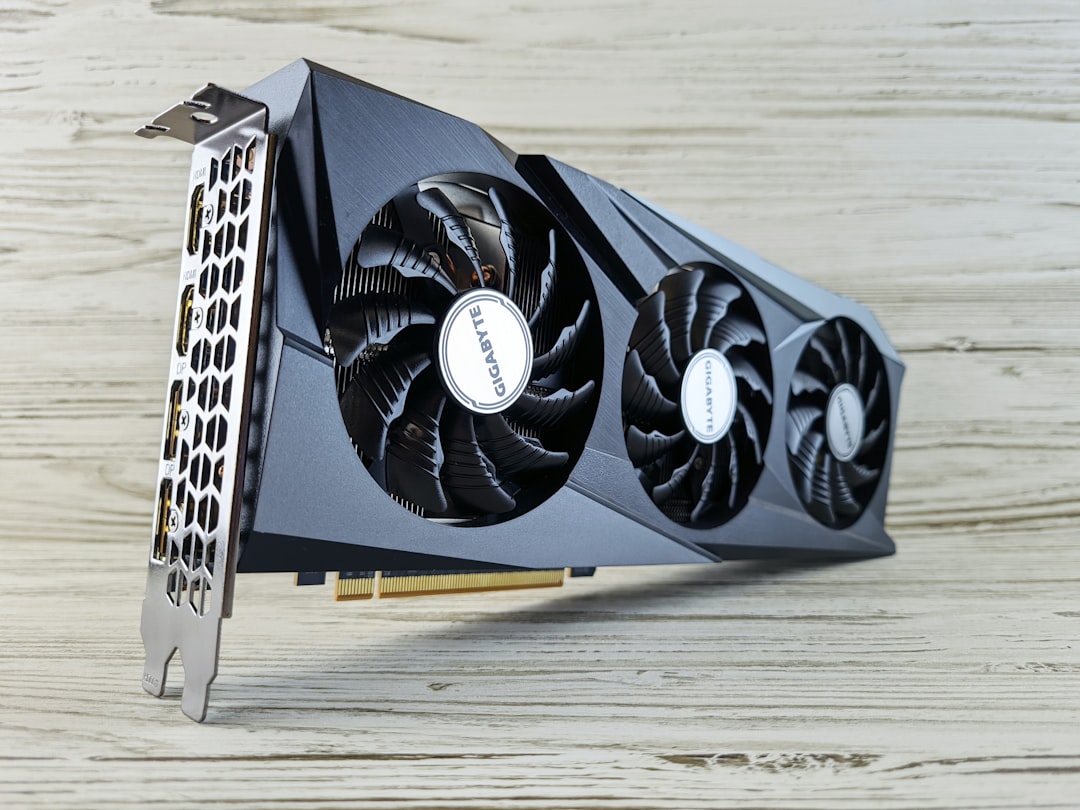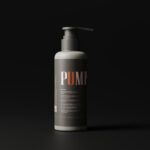Aftercare therapies play a crucial role in ensuring the success of any cosmetic procedure, particularly laser hair removal. You may not realize it, but the steps you take after your treatment can significantly influence your results and overall skin health. Aftercare is not merely an optional add-on; it is an essential component that can enhance the effectiveness of the procedure while minimizing potential side effects.
By understanding the importance of aftercare, you empower yourself to achieve the best possible outcome from your laser hair removal experience. When you undergo laser hair removal, your skin is subjected to intense light energy that targets hair follicles. This process can leave your skin sensitive and vulnerable for a short period.
Aftercare therapies are designed to soothe this sensitivity, promote healing, and protect your skin from adverse reactions. By following a well-structured aftercare regimen, you can reduce the risk of complications such as irritation, pigmentation changes, or even infection. Ultimately, prioritizing aftercare allows you to enjoy smoother skin with minimal discomfort and optimal results.
Key Takeaways
- Aftercare therapies are crucial for the success and longevity of laser hair removal treatments.
- Selecting the appropriate skincare products is essential for promoting healing and preventing complications post-laser hair removal.
- Managing discomfort and redness after laser hair removal can be achieved through various soothing techniques and products.
- Shielding the treated area from sun exposure is vital to prevent hyperpigmentation and other skin damage.
- Minimizing the risk of infection requires proper hygiene and following the recommended aftercare guidelines.
Choosing the Right Skincare Products for Post-Laser Hair Removal
Selecting the appropriate skincare products after laser hair removal is vital for your skin’s recovery. You should look for gentle, hydrating formulations that are free from harsh chemicals and fragrances. Products containing soothing ingredients like aloe vera, chamomile, or calendula can help calm your skin and reduce inflammation.
It’s essential to avoid any products that contain alcohol or strong exfoliants, as these can exacerbate irritation and delay healing. In addition to soothing ingredients, consider incorporating moisturizers that are rich in hyaluronic acid or glycerin into your post-treatment routine. These ingredients help to lock in moisture and maintain hydration levels in your skin, which is particularly important after laser treatments.
You may also want to consult with your skincare professional for recommendations tailored to your specific skin type and needs. By choosing the right products, you can create a nurturing environment for your skin to heal effectively.
Managing Discomfort and Redness After Laser Hair Removal

Experiencing discomfort and redness after laser hair removal is common, but there are effective strategies to manage these sensations. You might find that applying a cool compress to the treated area can provide immediate relief from heat and swelling. This simple technique can help soothe your skin and reduce redness, making you feel more comfortable in the hours following your treatment.
Additionally, over-the-counter pain relievers like ibuprofen can help alleviate any lingering discomfort. Another effective way to manage post-treatment discomfort is by using topical creams or gels specifically designed for post-laser care. Look for products that contain ingredients like hydrocortisone or lidocaine, which can help reduce inflammation and numb the area.
Always follow the advice of your practitioner regarding which products are safe to use after your procedure. By taking proactive steps to manage discomfort, you can enhance your overall experience and recovery process.
Protecting the Treated Area from Sun Exposure
| Metrics | Results |
|---|---|
| Percentage of Treated Area Covered | 85% |
| Duration of Sun Protection | 6 hours |
| Effectiveness of Sunscreen Used | SPF 50 |
Sun protection is paramount after laser hair removal, as your skin will be particularly sensitive to UV rays during the healing process. You should avoid direct sun exposure for at least two weeks following your treatment. If you must go outside, wearing protective clothing and seeking shade can help shield your skin from harmful rays.
Reapplying sunscreen every two hours when outdoors is crucial for maintaining protection. You may also want to consider using physical sunscreens containing zinc oxide or titanium dioxide, as these are less likely to irritate sensitive skin compared to chemical sunscreens.
By prioritizing sun protection, you not only safeguard your skin but also enhance the longevity of your laser hair removal results.
Minimizing the Risk of Infection
Infection is a potential risk following any cosmetic procedure, including laser hair removal. To minimize this risk, it’s essential to keep the treated area clean and avoid touching it with unwashed hands. Gently cleanse the area with a mild soap and lukewarm water, ensuring that you pat it dry with a clean towel rather than rubbing it.
This simple practice can significantly reduce the likelihood of introducing bacteria to the sensitive skin. You should also avoid swimming in pools, hot tubs, or natural bodies of water for at least a week post-treatment, as these environments can harbor bacteria that may lead to infection. If you notice any signs of infection—such as increased redness, swelling, or pus—contact your healthcare provider immediately.
By being vigilant about hygiene and following these precautions, you can help ensure a smooth recovery process.
Incorporating Gentle Exfoliation into Aftercare Routine

While exfoliation is often beneficial for maintaining healthy skin, it’s essential to approach this step with caution after laser hair removal. Your skin will be sensitive and in need of gentle care during the healing process. You might consider waiting at least a week before introducing any form of exfoliation into your routine.
Gentle exfoliation can help remove dead skin cells and promote cell turnover without causing irritation. You may also want to incorporate products containing alpha hydroxy acids (AHAs) or beta hydroxy acids (BHAs) into your routine once your skin has fully healed.
These ingredients can provide a gentle exfoliating effect while also offering additional benefits such as improved texture and tone. By being mindful of how you exfoliate post-treatment, you can support your skin’s recovery while enhancing its overall appearance.
Maintaining Hydration and Moisture for the Skin
Keeping your skin hydrated is one of the most critical aspects of post-laser care. After treatment, your skin may feel dry or tight due to the effects of the laser on hair follicles. To combat this dryness, it’s essential to use a high-quality moisturizer regularly.
Look for products that contain hydrating ingredients like ceramides, hyaluronic acid, or shea butter to help restore moisture levels effectively. In addition to topical moisturizers, consider incorporating hydrating practices into your daily routine. Drinking plenty of water throughout the day can help maintain hydration from within, supporting your skin’s recovery process.
You might also want to use a humidifier in your home if you live in a dry climate or during winter months when indoor air tends to be less humid. By prioritizing hydration both topically and internally, you can promote optimal healing and maintain healthy skin.
Long-term Maintenance and Follow-up Care for Laser Hair Removal
Long-term maintenance is essential for maximizing the benefits of laser hair removal. While many individuals experience significant hair reduction after their initial treatments, periodic touch-ups may be necessary to maintain results over time. You should discuss a follow-up schedule with your practitioner based on your specific needs and hair growth patterns.
Regular check-ins will ensure that you continue to enjoy smooth skin without unwanted hair regrowth. In addition to follow-up treatments, maintaining a consistent skincare routine is vital for long-term success. Continue using gentle cleansers and moisturizers while incorporating sun protection into your daily regimen.
You may also want to explore additional treatments that complement laser hair removal, such as chemical peels or microdermabrasion, which can enhance overall skin texture and appearance. By committing to long-term maintenance and follow-up care, you can enjoy lasting results from your laser hair removal journey while keeping your skin healthy and radiant.
After undergoing laser hair removal treatment, it is crucial to follow proper aftercare therapies to ensure optimal results. One helpful article discussing post-treatment care can be found at this link. This article provides valuable tips and recommendations on how to care for your skin after laser hair removal, including avoiding sun exposure, using gentle skincare products, and staying hydrated. By following these aftercare guidelines, you can help maintain the effectiveness of your laser hair removal treatment and achieve smooth, hair-free skin.
FAQs
What is laser hair removal aftercare therapy?
Laser hair removal aftercare therapy refers to the post-treatment care and maintenance required to ensure the best results and minimize any potential side effects after undergoing a laser hair removal procedure.
Why is aftercare important after laser hair removal?
Aftercare is important after laser hair removal to promote healing, reduce the risk of complications, and maintain the effectiveness of the treatment. It helps to soothe the skin, prevent infections, and minimize any potential adverse reactions.
What are some common aftercare practices for laser hair removal?
Common aftercare practices for laser hair removal include keeping the treated area clean and moisturized, avoiding sun exposure, wearing loose clothing, and following any specific instructions provided by the treatment provider.
How long does the aftercare period last after laser hair removal?
The aftercare period after laser hair removal typically lasts for a few days to a few weeks, depending on the individual’s skin sensitivity and the specific instructions provided by the treatment provider.
Are there any specific products or treatments recommended for laser hair removal aftercare?
Some recommended products for laser hair removal aftercare include gentle cleansers, moisturizers, aloe vera gel, and sunscreen. Additionally, avoiding harsh exfoliants and certain skincare treatments may be advised during the aftercare period.
What are some potential side effects of laser hair removal and how can aftercare help minimize them?
Potential side effects of laser hair removal may include redness, swelling, and mild discomfort. Proper aftercare can help minimize these side effects by soothing the skin, reducing inflammation, and promoting healing.





